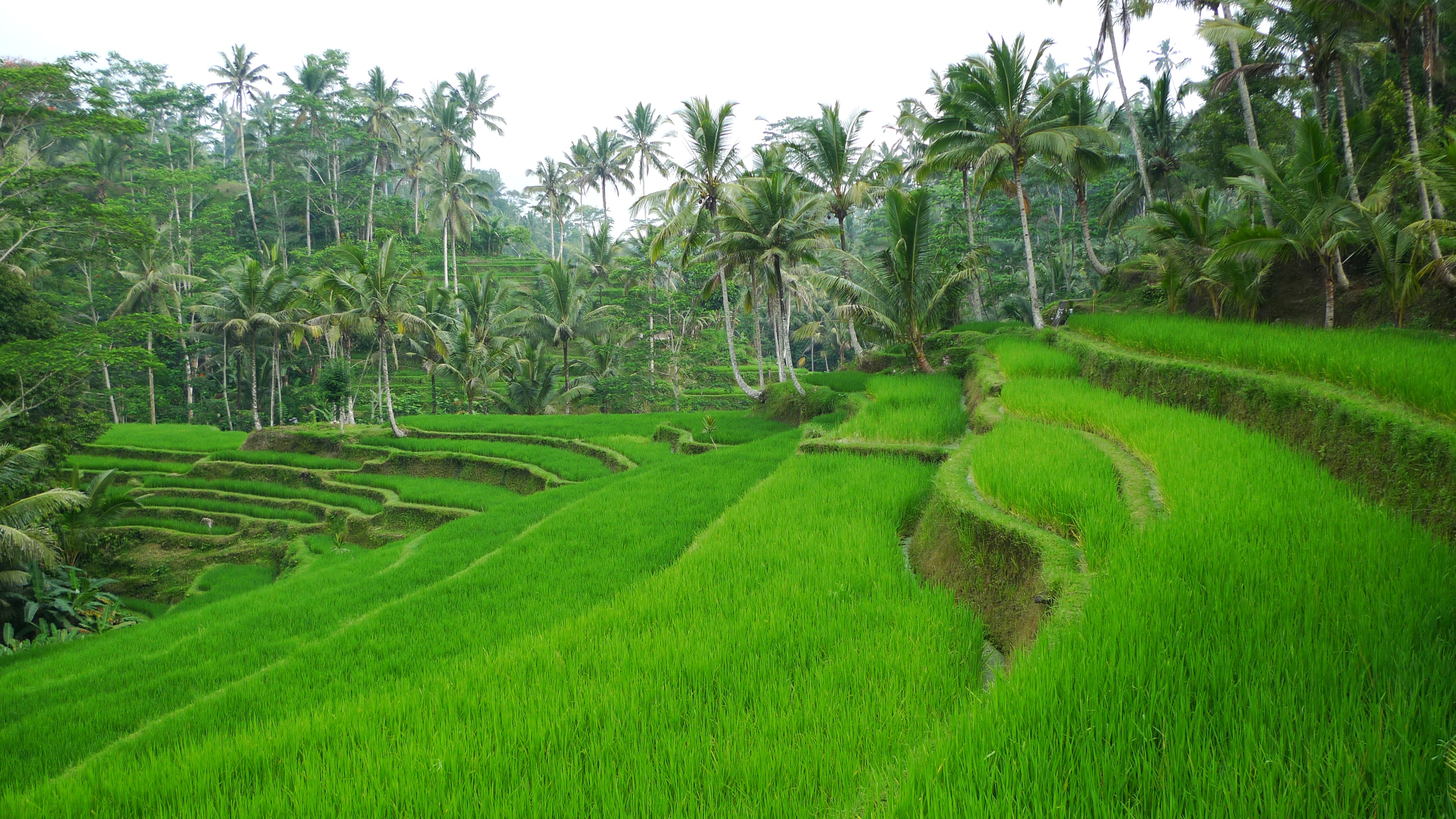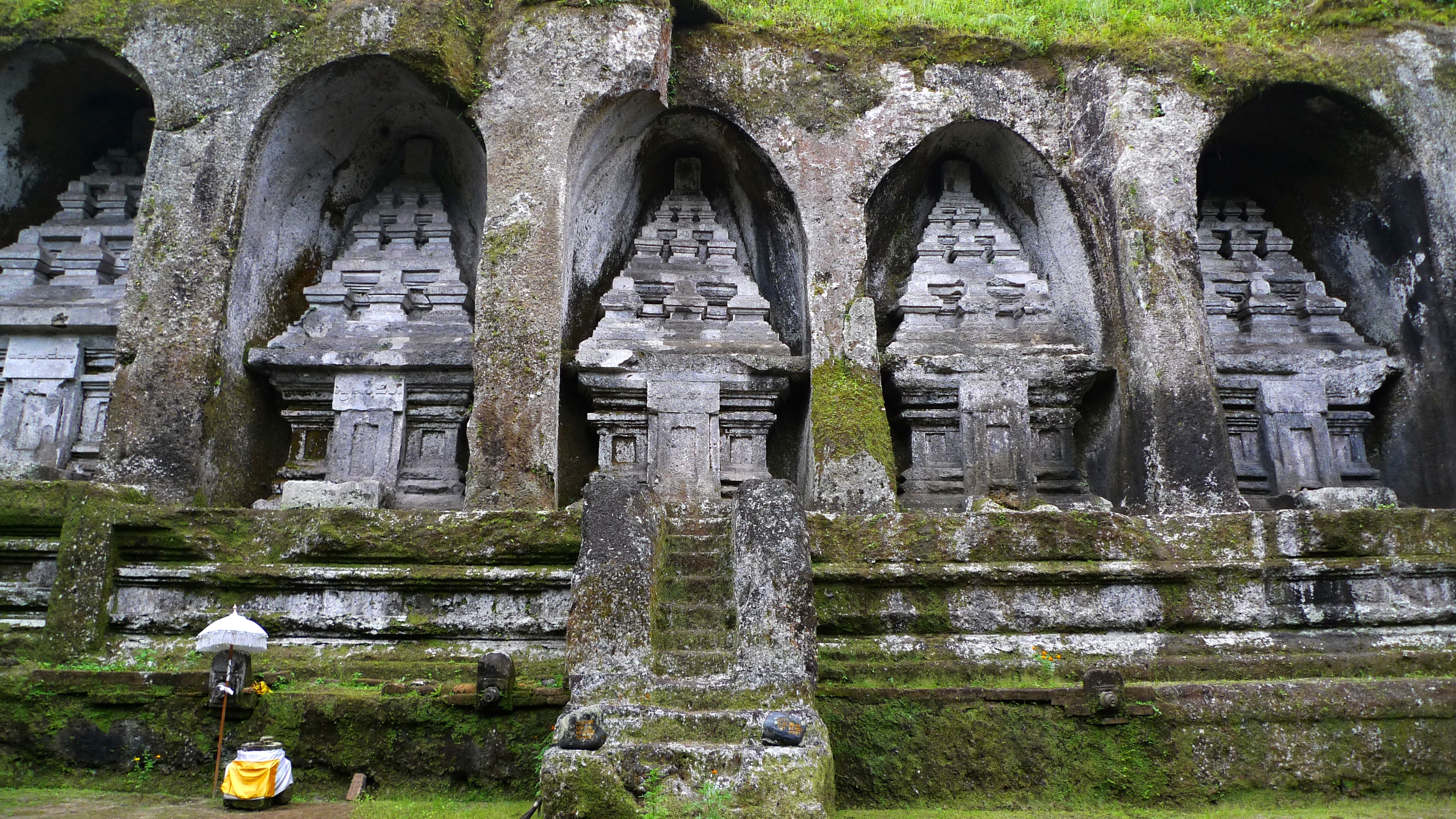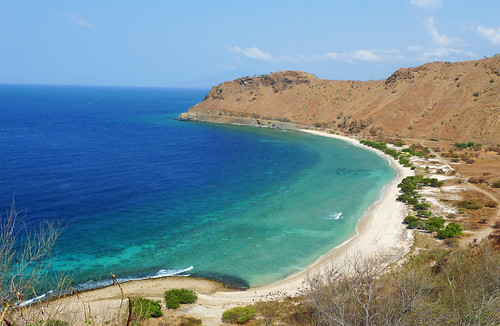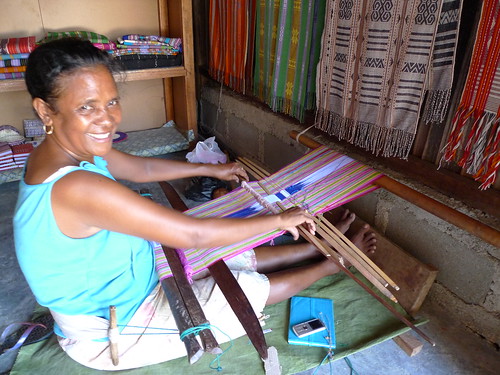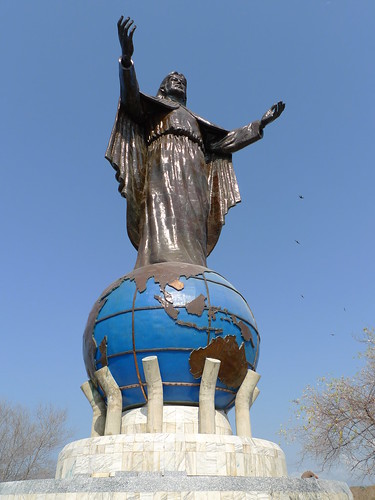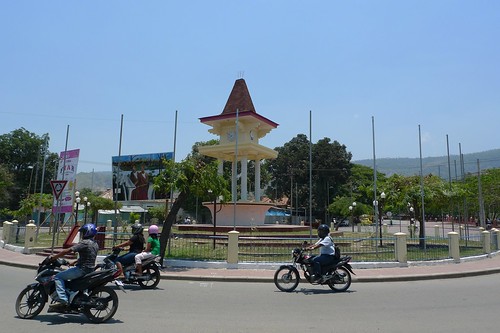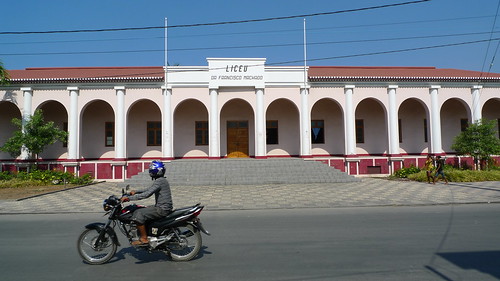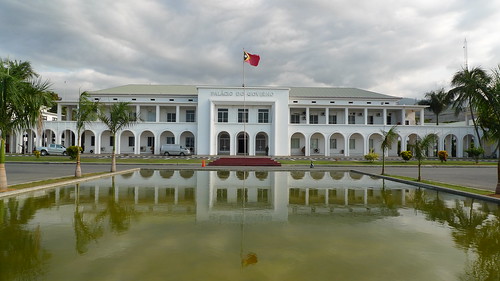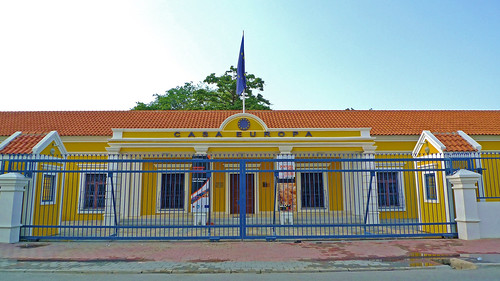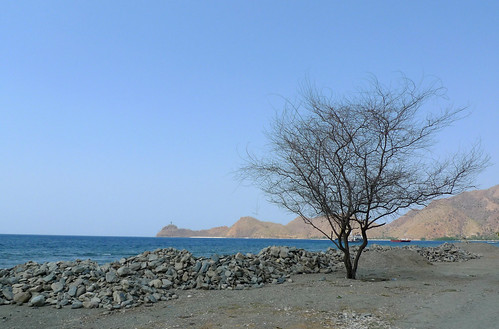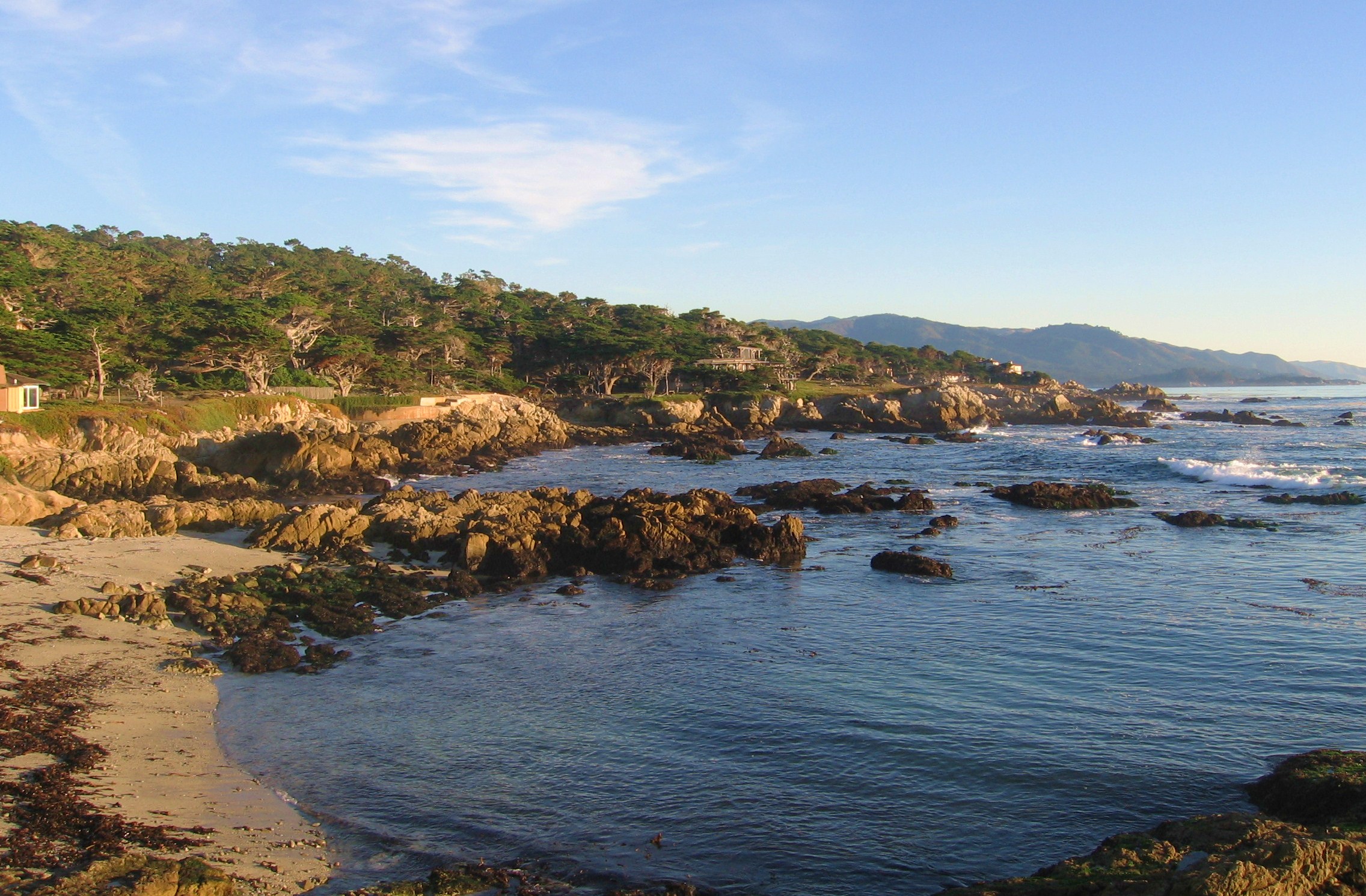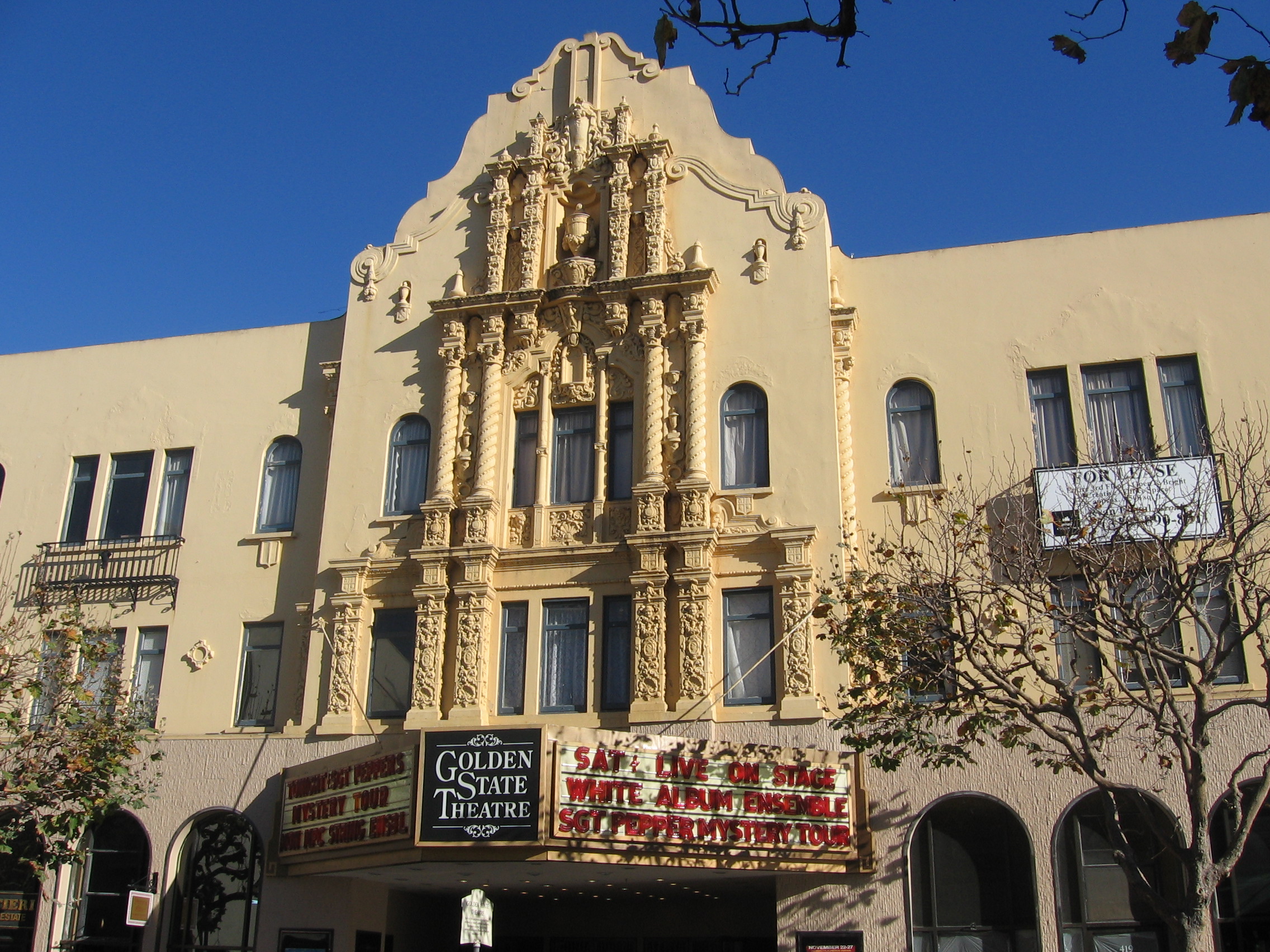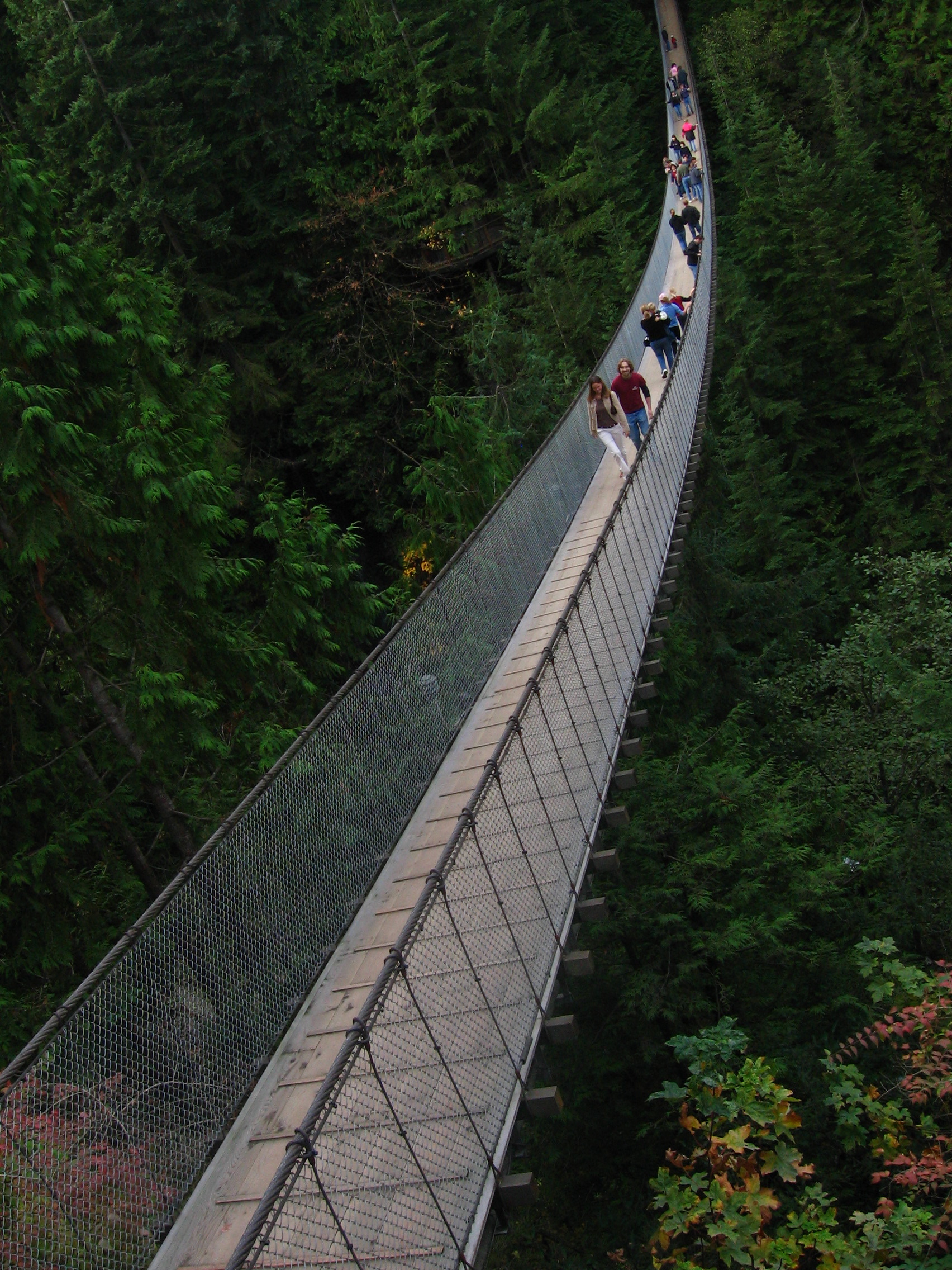“Ola!” I had just landed at Macau airport and that was the first thing I said as I greeted the immigration officer who took my passport for inspection. It had been only a few days since I left Dili and there were still a few Portuguese phrases that had not gone to my brain’s recycle bin. Traveling to another city where Portuguese was the official language, I thought that my limited knowledge might still come in handy.
Dead silence. The immigration officer neither looked at me nor gave any semblance that he acknowledged my greeting. At first, I thought he was just being uptight in the way most immigration officers anywhere in the world usually are. He handed back my passport after a few minutes and I said “Obrigado” (thank you) to which he flatly ignored me. He really had no idea that I was talking to him.

all the signs are in chinese and portuguese but it’s useless to know the portuguese name as 99% of the people won’t understand if you ask for directions
During my stay in Macau, I had encountered more of such problems. Mind you, I learned my lesson from the airport and no longer used Portuguese outside. It didn’t matter that all the signs – from the restaurants to the buildings and streets – were in Portuguese, 99% of the city’s population could not understand them. English was also useless. Fine, Macau was never under the influence of the Anglophone world so that”s an excuse there. What was actually startling was that most of the local people also could not understand Mandarin – their national language for heaven’s sake! Some might argue that it’s only been 10 years since this small plot of land returned to the arms of the motherland (China) but Hong Kong, which has a similar recent history, sees a lot of fluent Mandarin speakers. Most locals in Macau are still monolingual up to today, and know only Cantonese.
Despite this, I find Macau to be the most European-looking of Asian cities. The territory has lots of winding back alleys, pastel-colored churches and buildings with ornate exteriors that are well-preserved due to the UNESCO World Heritage designation. One good thing to do while on a trip to Macau is to get lost exploring the cobblestone walkways.

except for the motorists, this scene could have been somewhere in Europe or Latin America
The free maps found in guesthouses and hotels usually have a few walking tour suggestions which are worth trying. These usually start in Largo de Senado and end at the southern tip of the peninsula. I did this on my first day there. My favorite stops were Guia Lighthouse which has a great view of the city, St. Joseph’s Church with its ornate facade and the Leal Senado (Loyal Senate).

the charming largo de senado

largo de sao domingos – just a few steps away from largo de senado

ruins of st. paul – perhaps the most well-known among macau’s attractions

guia lighthouse

st. joseph’s church
Macau has dozens of churches even though less than 10% of the people of Macau are Christians. Though well-designed and brightly painted, most are poorly attended by followers and mainly cater to tourists.
A visit to Taipa Village south of the peninsula is also a highly recommended stop on any visit to Macau. Many good restaurants serving Portuguese and Macanese fare are located in this area, and Taipa is generally not as crowded as the peninsula.

carmel church

villa de taipa
Overall, I believe Macau deserves more than just a daytrip from Hong Kong. Doing the cultural walk around the territory alone takes up one full day. Those interested in the casinos will find themselves preoccupied for one extra day at the very least. Knowing a bit of Cantonese can come in handy.
As an extra tip, do change your Hong Kong Dollars to Macau Pataca. The exchange rate is about 1.03 Pataca = 1.00 HKD. All establishments do accept Hong Kong dollars but they are taken on a 1:1 basis so might as well save 3% by converting it.
